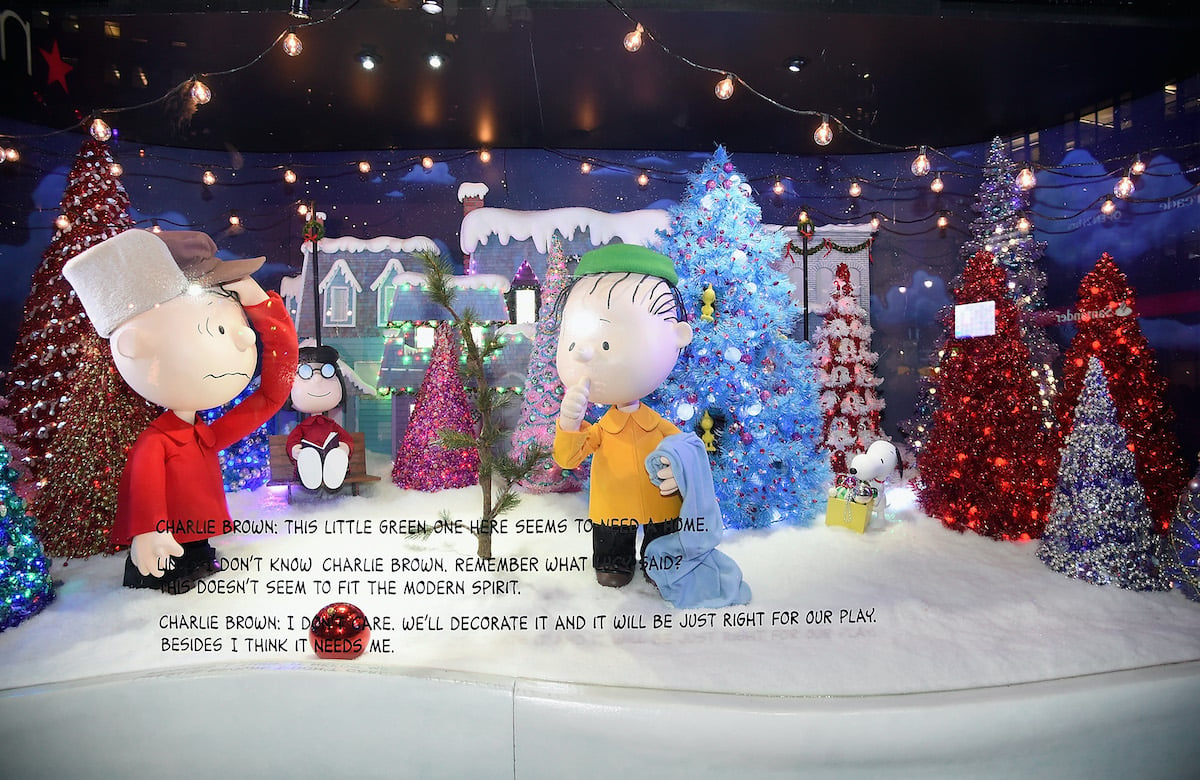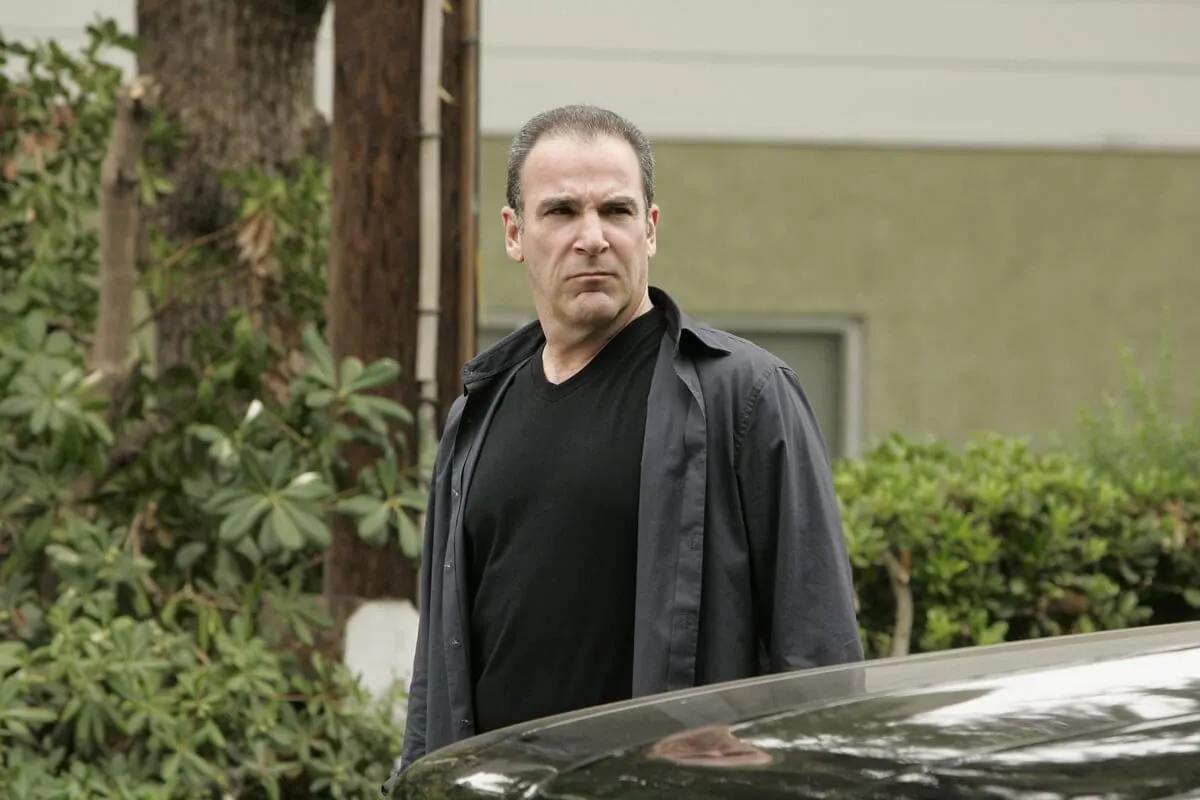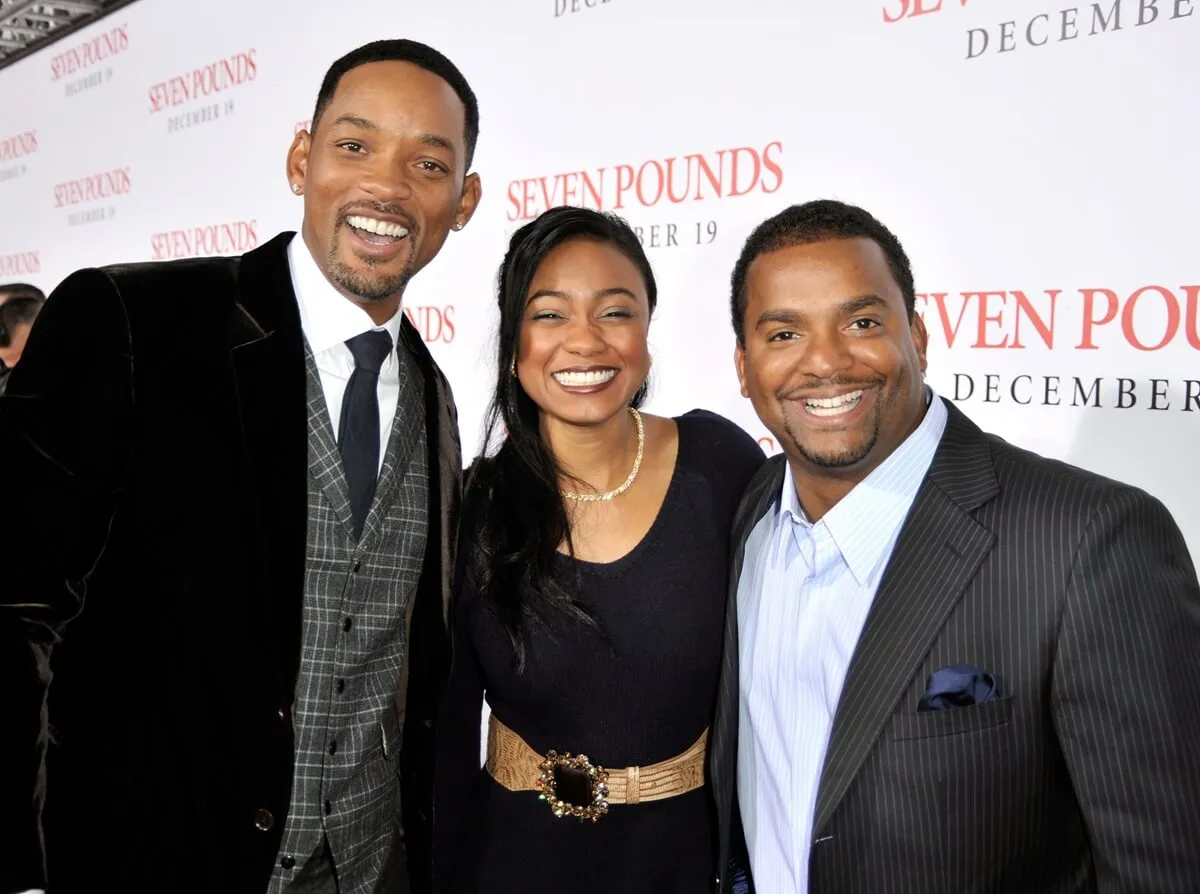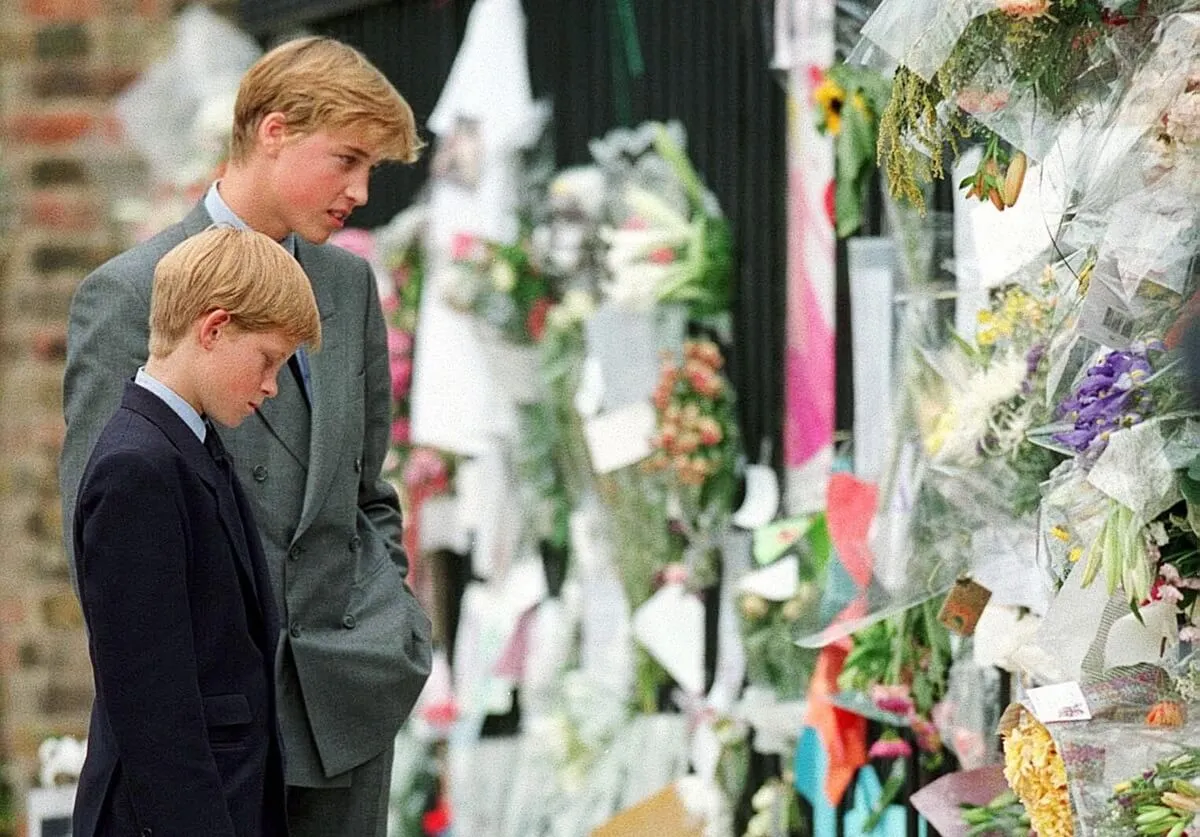
‘A Charlie Brown Christmas’ Might Be Partially Responsible For the Death of Aluminium Christmas Trees
The characters created by Charles M. Schulz have influenced generations of pop culture fans all around the world. From TV shows to movies to a vast merchandising line, the world of Peanuts remains as beloved today as in the ’60s, when they were a staple in the newspaper comics section. One of the most popular installments in the franchise is the 1965 TV special A Charlie Brown Christmas.

The special, which is imbued with warmth, charm, and humor, is often associated with “homely” Christmas decor, including minimalistic trees. It has also been credited with the death of the aluminum Christmas tree. The truth about the decline of aluminum Christmas trees is, however, a bit more complicated.
‘A Charlie Brown Christmas’ became a cultural phenomenon
A Charlie Brown Christmas first aired in 1965. The simple animated tale follows Charlie Brown as he navigates the Christmas season, becoming increasingly depressed at the rampant commercialism that he sees from his friends as well as the world.
At one point in the special, Charlie Brown and Linus set out in search of the perfect Christmas tree, bypassing the impressive aluminum options and selecting a tiny, hunched-over tree instead – one that Charlie Brown seems to connect with immediately. By the end of the film, Charlie Brown has not only managed to decorate his unusual tree charmingly, but he has seemingly rediscovered the spirit of Christmas itself.
According to IMDb, A Charlie Brown Christmas quickly became a hit with fans, even though CBS executives were unsure of how the special would go over with audiences. These days, the film is a beloved holiday tradition, and for many, it is synonymous with the Christmas season itself.
How did ‘A Charlie Brown Christmas’ influence the popularity of aluminum Christmas trees?
In A Charlie Brown Christmas, aluminum trees are directly associated with the over-commercialization of Christmas. At one point, Charlie Brown outright rejects Lucy’s suggestion that he picks out an aluminum tree, choosing a real one instead, according to BuzzFeed. Another scene features Linus and Charlie Brown examining trees, with Linus tapping on the shell of one aluminum tree and telling Charlie Brown, “This one really brings Christmas close to a person.”
According to the Great Falls Tribune, aluminum trees were seen at the time as examples of progress, modern trees that were quite popular with consumers due to the fact that they didn’t lose needles or require any cleanup. However, with the recent assassination of John F. Kennedy, many Americans were in search of nostalgia – and A Charlie Brown Christmas brought it in spades.
Aluminum tree manufacturing companies started to feel the pinch, and by the ’80s, aluminum trees had mostly died out. This wasn’t entirely due to the animated special, though. As the publication notes, the advent of artificial trees, which mimicked the look and feel of real trees, had entered the market, offering the best of both worlds to consumers who wanted to capture the spirit of Christmas.
Are aluminum trees back in fashion?
These days, aluminum trees are slowly coming back into style, as those who grew up in the ’60s and ’70s are searching for their own brand of nostalgia. As Great Falls Tribune points out, what is old is now new again, and it is entirely possible to find aluminum trees that are both festive and charming.
Another option for those who love A Charlie Brown Christmas is to find a “Charlie Brown” style tree of their own – a minimal tree that looks more twig-like than fluffy and full. According to PopSugar, these trees represent another growing trend, one that speaks more to a “less is more” mentality that echoes that of Charlie Brown himself.


